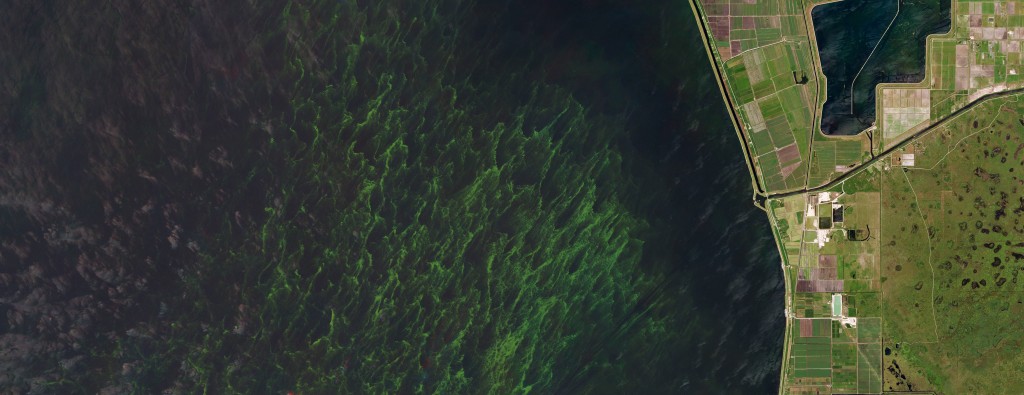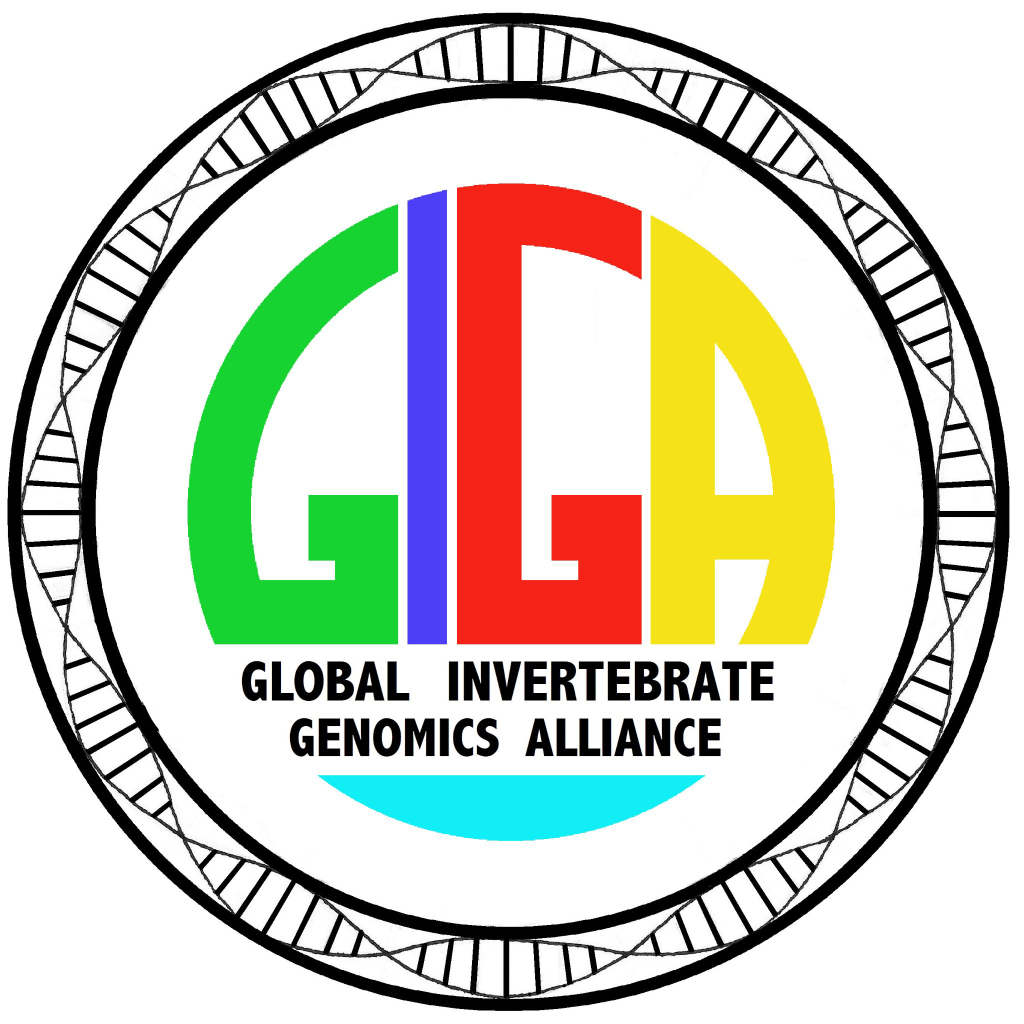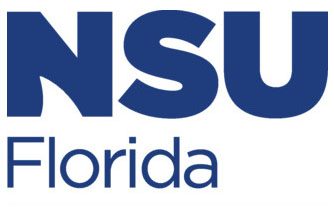
Understanding Harmful Algal Blooms-Temporal and Spatial Characterization of Microbial Communities from Lake Okeechobee
Our overarching objective is to understand bloom drivers and life cycle patterns by characterizing the microbial and chemical environments prior to onset of a bloom(s) in Florida’s Lake Okeechobee watershed region, and throughout its successional stages. The proposed research will apply an integrative approach to: (1) assess biodiversity and phylogeny of cyanobacteria and associated microorganisms (i.e. cyanobacteria-microbiota) in various phases of bloom events centered in the LO watershed, (2) investigate the genetic basis and functional roles of cyanobacteria-microbiota diversity along a spatiotemporal gradient, and (3) investigate environmental and anthropogenic effects on cyanobacteria-microbiota diversity.


Nearshore Bacterial Ecology
Our lab leverages high-throughput sequencing to study planktonic and benthic bacterial communities in the Southeastern US (e.g. South Florida, Gulf of Mexico). Most of our sequencing needs are based in-house, using 16S rRNA amplicon sequencing, performed on the Illumina MiSeq platform. The resulting taxonomic data is complimented with water quality data, provided by our collaborators at government agencies and NGOs. The resulting suite of data allows us to draw insights into the complex interactions between bacteria, nutrients, and hydrology. Our current study areas include: Grassy Waters Preserve, Port Everglades, and Biscayne Bay.

Global Invertebrate Genomics Alliance
The Global Invertebrate Genome Alliance (GIGA) is a collaborative community of scientists who tackle major challenges (e.g., species selection, sample collection and storage, sequence assembly, annotation, analytical tools) associated with genome and transcriptome sequencing of invertebrate taxa. It aims to promote standards which will facilitate comparative approaches to invertebrate genomics and collaborations across the international scientific community. Membership is open to all kinds of scientists (biologists, computer scientists etc). You can learn more about GIGA through our listserve, https://twitter.com/GIGA_COS or Facebook page.

DEEPEND Consortium
The DEEPEND Research Consortium is a ~70-member, 22-institution organization focused on the dynamics of, and human impacts on, the deep Gulf of Mexico. The PI is Dr. Tracey Sutton. We have contributed to this project through the characterization of microbial communities (bacterioplankton, and more recently zooplankton) using molecular genetics methods (e.g. eDNA and ecological genetics).
Analysis of Microbiomes from Three Coral Species
(Co-PI Christopher Sinigalliano, NOAA AOML)
This project, entitled “Metagenomic Characterization of Coral Reef Microbiomes in the Florida Keys National Marine Sanctuary: Supplement to the National Marine Sanctuaries Demonstration MBON” is funded via the University of Miami’s Cooperative Institute for Marine & Atmospheric Studies (CIMAS), aims to study the natural coral-associated bacterial communities and hosts (microbiomes and holobionts, respectively). Coral associated microbiomes will be studied using modern, high volume (“Next Generation”) DNA sequencers that can obtain millions of DNA reads per sample. Comparisons of the microbiomes will be performed on marine environmental DNA extracts (including from coral tissue/mucus, near-coral water, and near-coral sediments) from 3 different coral species at 6 sentinel reef sites in the Florida Keys National Marine Sanctuary (FKNMS). Sophisticated statistical algorithms will be applied to determine species richness, community composition and variation within and between sites, coral species and along temporal gradients. This research will be conducted in collaboration with NOAA-AOML
Past Projects
A Predictive Knowledge-base Linking Microbial Signatures to Human Lifestyle Characteristics (Partners: Jack Gilbert, University of Chicago)
Based on the National Institute of Health’s (NIH) campaign to understand human “microbiomes” (the natural communities of bacteria that live and thrive on various parts of our bodies, such as skin, mouth, genitalia and intestines etc), we have applied the same molecular genetics methods for applications in criminal forensics analyses. The premise is that each person has a unique (yet harmless) bacterial microbiome which lives on their skin. These bacteria have genetic sequences that can then be read and compared for identification. People incidentally leave traces of their individual microbiome whenever they enter a room, touch objects, sit down etc. The National Institutes of Justice (NIJ) has funded our project, “A Predictive Knowledgebase Linking Microbial Signatures to Human Lifestyle Characteristics”, to study the plausibility of detecting individual microbiomes during mock burglaries at actual local residences. Several volunteer households in Ft. Lauderdale and in Chicago will serve as test cases to determine parameters such as the reliability and duration of the microbiome signal and its specificity. The microbiome data may not result in a full identification of any individual, but can be used as a lead or supportive evidence at a crime scene.
Environmental Sample Collection, Microbial and Genomic Analysis of South Florida Tomato Agricultural Areas (Partners: FDA – Rebecca Bell, Eric Brown)
The purpose of this FDA/LifeSource funded project is to conduct a two-year environmental surveillance of the South Florida environments associated with tomato production as well as other surrounding areas. Recent outbreaks of Salmonella associated with tomatoes grown along the East Coast have underscored the need for more detailed source tracking of feral Salmonella strains isolated from numerous distinct ecological niches along the East Coast. Approximately 5 billion pounds of fresh-market tomatoes are consumed annually in the United States, thus the potential for large outbreaks of Salmonella infections is a concern. Of the fresh-market producers of tomatoes, Florida ranks second only behind California. For this project, we will be working with the FDA COR to collect environmental samples in Florida agricultural regions to be analyzed for resident microbial communities, and characterize the composition in the context of food-borne disease strains such as Salmonella. Samples will also be used to obtain pure cultures of Salmonella, which could be added to the FDA’s database of potentially pathogenic cultures. Contributions to this database will likely allow rapid identifications and source tracking in the event of a food borne outbreak.

